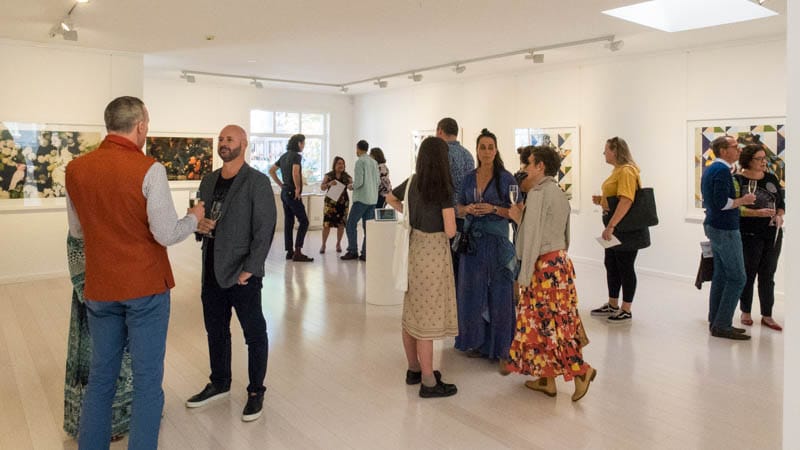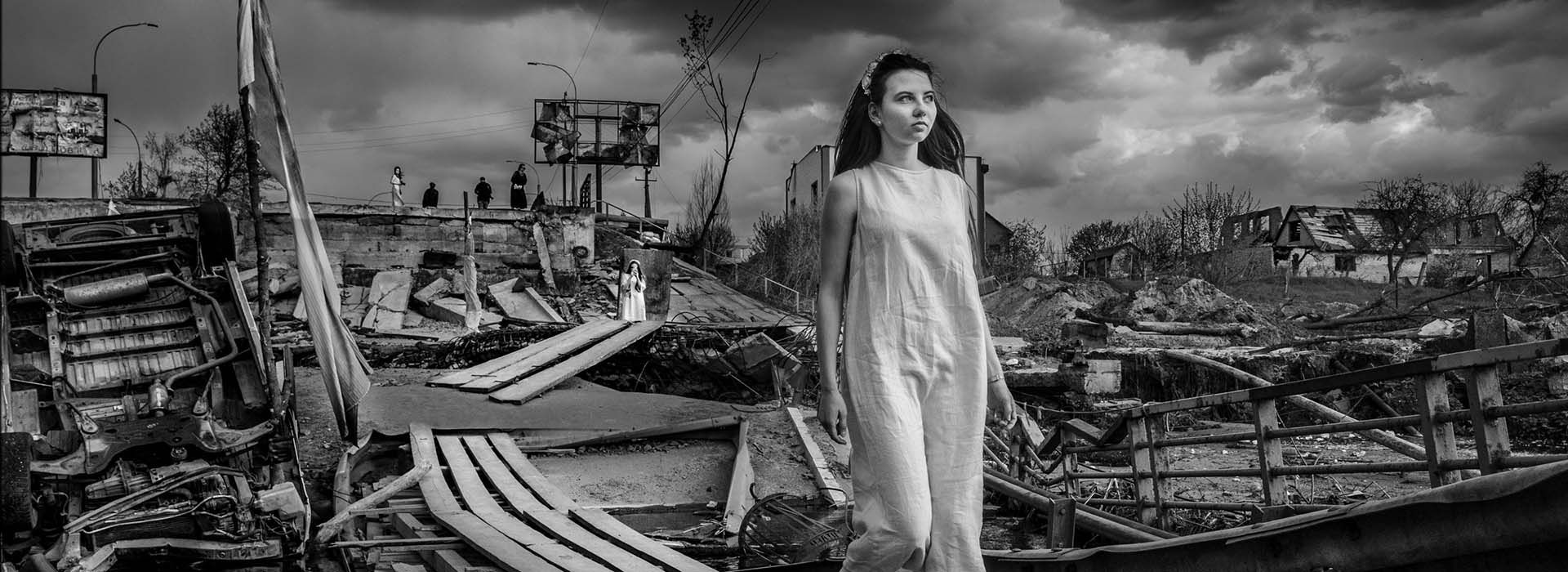This exhibition casts a new light on the life and work of Frank Hurley (1885-1962), revealing his early Sydney and Sydney Harbour photographs, tourist postcards and later studies of Australian wildflowers. Best known for his war and Antarctic expedition photography, Hurley spent the last 22 years of his life living on Collaroy Plateau overlooking Narrabeen Lake from where he travelled around Australia to produce books, photographs and postcards. Images in the exhibition are drawn from the National Library of Australia, private collections and the family archive. Curated by Gael Newton and Paul Costigan.
Frank Hurley was born in Glebe in 1898 and died in 1962 at home at Collaroy Plateau.
Perhaps best known as the photographer for both the Mawson and Shackleton expeditions to Antarctica and the Ross Smith Flight from London to Sydney, Hurley has been described as “one of Australia’s first multimedia figures.”
He was a photographer, cinematographer, writer, journalist and radio-broadcaster who learned how to maximise the impact of his work by promoting it globally through various types of media.
Hurley spent the final years of his life (1948-62) living at Collaroy Plateau on Sydney’s Northern Beaches from where he travelled Australia to produce books, photographs and postcards.

List your exhibition or photography event on our site to reach out to the Australian photographic community.

